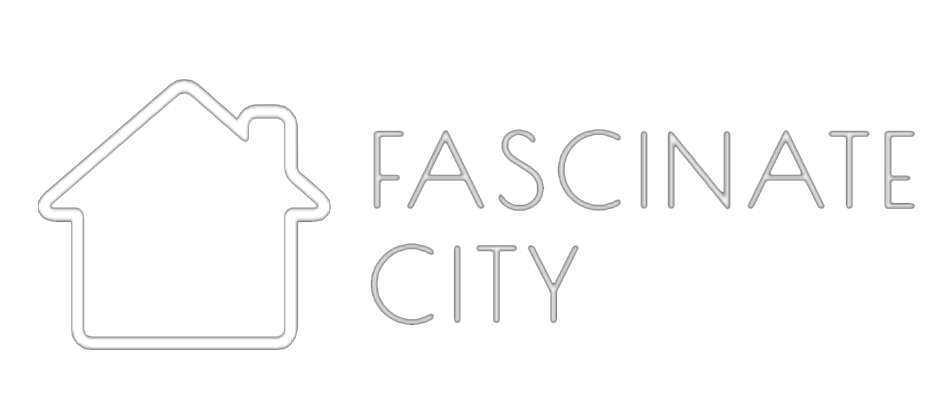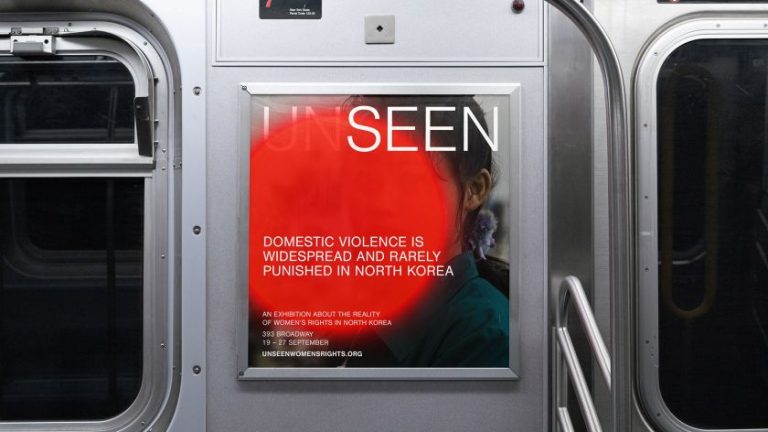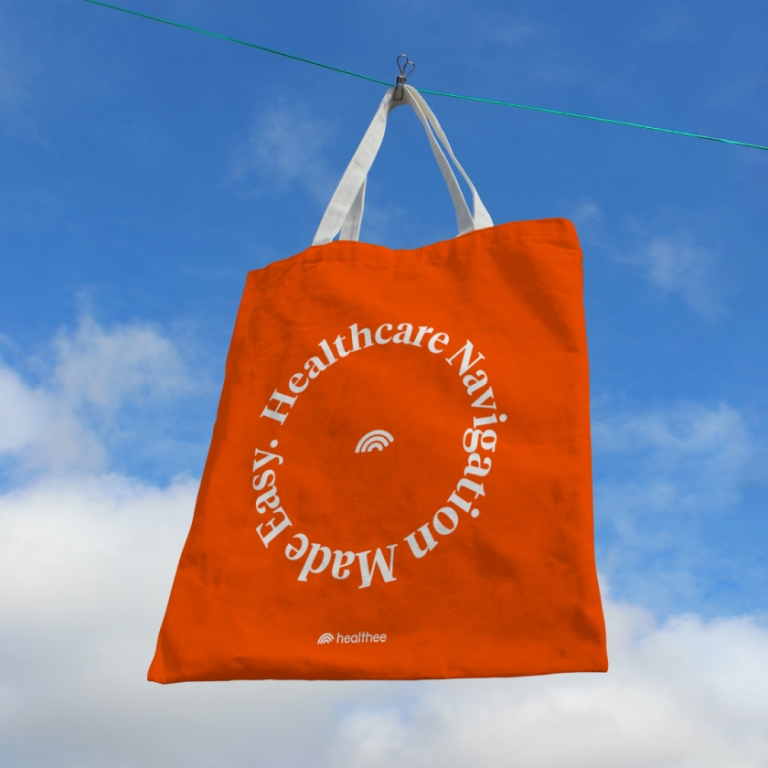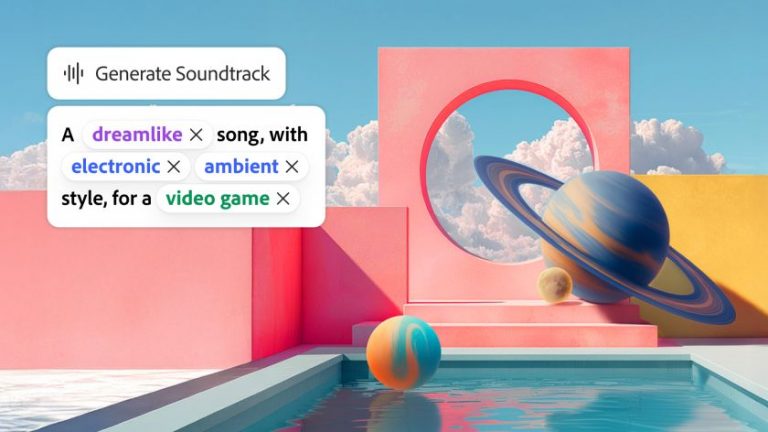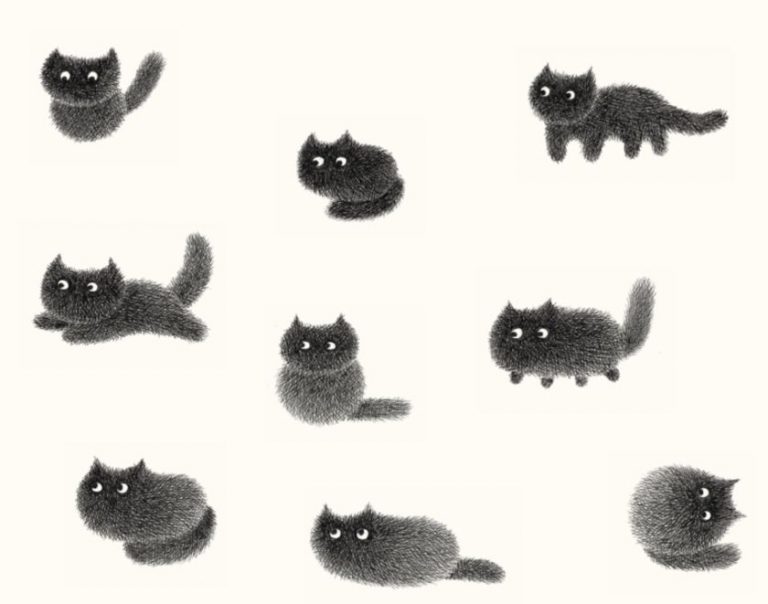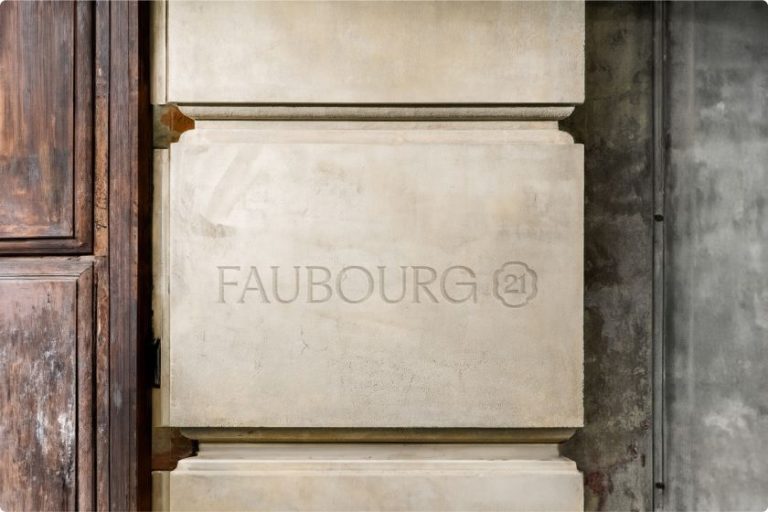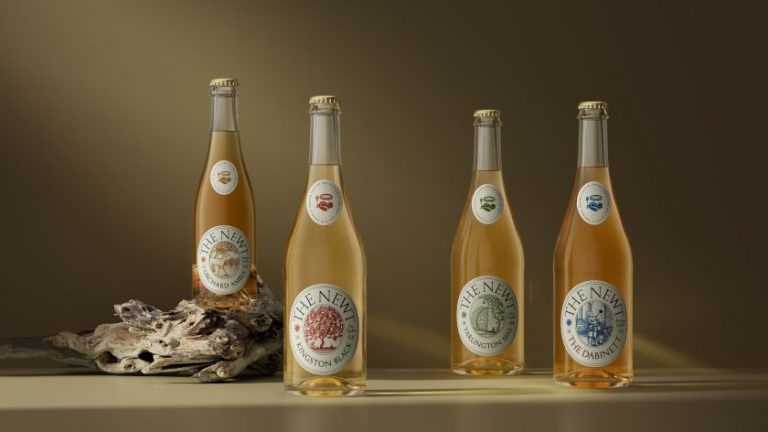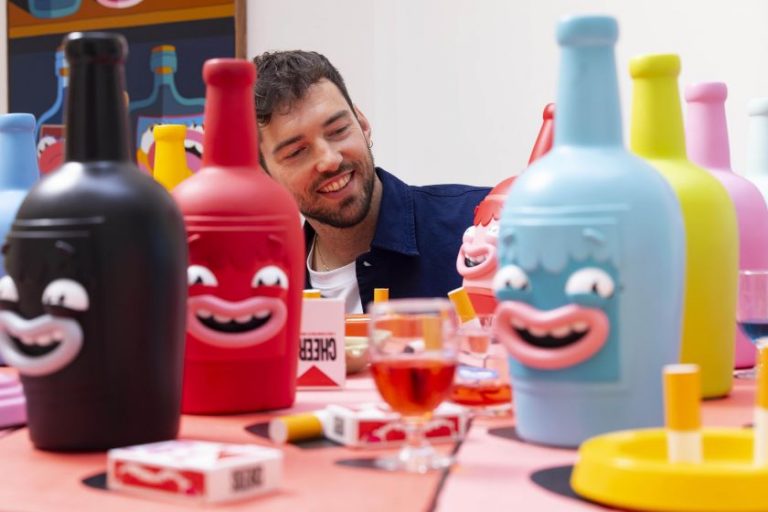To help protect children in the digital world, SafeToNet needed a brand with emotional power and technical credibility. The result? A bold, human-centred identity for HarmBlock—created not by a big-name agency but by a tight-knit team of independent creatives working under their own names, united by purpose.
In a world where children are increasingly vulnerable online, strong safeguards are no longer optional; they’re essential. HarmBlock, developed by digital safety company SafeToNet, has seen a growing demand for its services as a result. Still, it needed a distinct brand identity that could stand on its own, convey serious technical clout, and build lasting emotional trust.
Rather than a traditional agency, SafeToNet turned to a flexible team of independent creative experts brought together by CMO Lara Chapple. Leading the charge were brand consultants Helen Hartley and Anna Wanczyk, who approached the project not as vendors but as embedded creative partners, working closely with Chapple from strategy through to execution.
A symbol with meaning
The brief was clear: HarmBlock’s identity needed to stand out among consumer-facing technology brands. The logo had to be instantly recognisable and serve as an icon for online safety as ubiquitous as Bluetooth or Wi-Fi.
Wanczyk developed the ‘sapling’ symbol as the core visual metaphor. “It represents an innocent child,” she explains. “If that young tree is exposed to harm, its growth will be stunted. But if it’s protected, it can thrive.” The idea of giving every child a chance to flourish became the heartbeat of the brand.
This visual unit—known internally as an Extractable Brand Unit (EBU)—needed to be just as powerful at 16×16 pixels in a screen corner as it was across a product or billboard. That level of iconography is hard to pull off, but it was non-negotiable for a product designed to integrate across platforms and systems.
Merging tech and emotion
One of the biggest challenges was crafting the right tone. The team needed to convey the credibility of complex AI technology without alienating concerned parents or educators.
“The reality is, decision-makers in tech firms are often parents themselves,” says Hartley. “So we treated business-to-business and consumer-facing communication as two sides of the same coin.”
From the outset, the team leaned into a tech-forward visual language: a black canvas with bright neon accents. But unlike the pastel-soaked palettes of typical safeguarding brands, HarmBlock’s colours are unapologetically bold. “Black gives the identity gravitas,” Hartley explains, “while the hot purple adds warmth, trust and energy.”
That spectrum of contrast plays out beautifully in the explainer video—animated by Wanczyk with a score composed by Got Moves Co.—which guides users from a monochrome problem space into a vibrant, hopeful landscape of growing saplings. It’s a poetic visual journey that ends in a digital world where children are protected, not policed.
Designing for every touchpoint
Building a brand that lives across such a wide array of digital environments meant thinking small and big simultaneously. “We designed the icon to be animated, responsive, and scalable,” says Wanczyk.
That thinking extended to the responsive website, which developer Anthony Jocelyn rebuilt from the ground up. It’s clean, accessible, and mobile-first—crucial, given that most of HarmBlock’s users access it on handheld devices.
The site also needed to explain a deeply technical algorithm in a way that felt intuitive, not intimidating. “People don’t care about how it works,” Hartley says. “They care what it does.” That insight informed every part of the user journey—from the clear icon system to the typographic voice to the emotional weight of the visual storytelling.
A collaborative model with impact
For Chapple, this project was personal. “Creating the HarmBlock brand was a journey,” she says. “And we couldn’t have done it without Helen and Anna. They went beyond the typical client-agency relationship. They became true partners who poured everything into this project.”
That’s the power of this creative model: a group of senior, hands-on thinkers working directly with the client to solve problems, not just deliver assets. “We use agile methods and sprints,” Hartley says, “but more importantly, we create trust. That changes everything.”
Together, the team built the HarmBlock brand almost in real time, developing, testing, and evolving the system across every rollout. The rules of the brand were built as the brand itself came to life.
From start-up symbol to global force
Within weeks of the rebrand, HarmBlock began attracting attention from global telecoms firms that had previously been out of reach. White-labelling clauses were dropped, and investor interest surged. “The brand gave SafeToNet the confidence to say no,” says Wanczyk. “And it gave the technology the voice it needed.”
That voice will soon reach even further, as HarmBlock is set to feature on a “safer phone” for children being developed by SafeToNet and HMD, makers of Nokia. Seeing the logo printed on devices that children will use daily is a major milestone.
“It proves that big things can come from small, independent teams,” says Chapple. “You don’t need a giant agency. You need people who care.”
